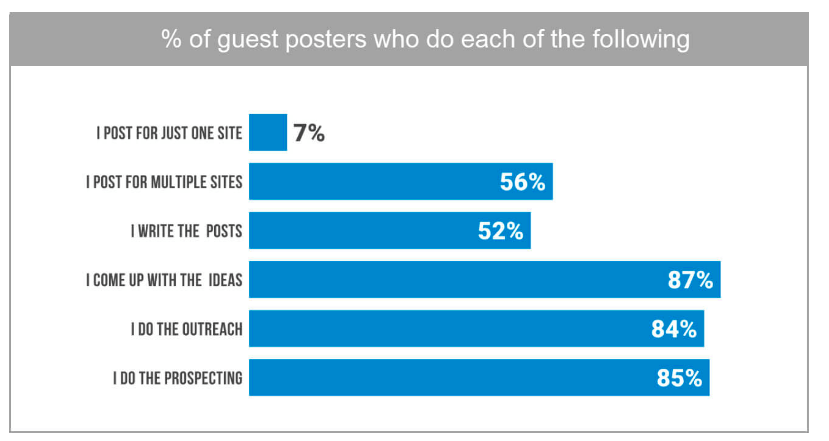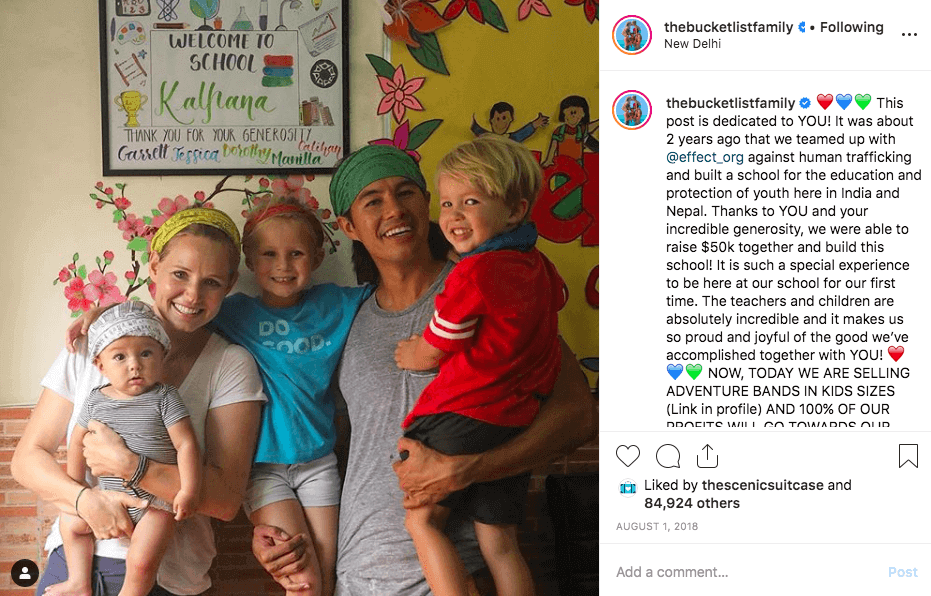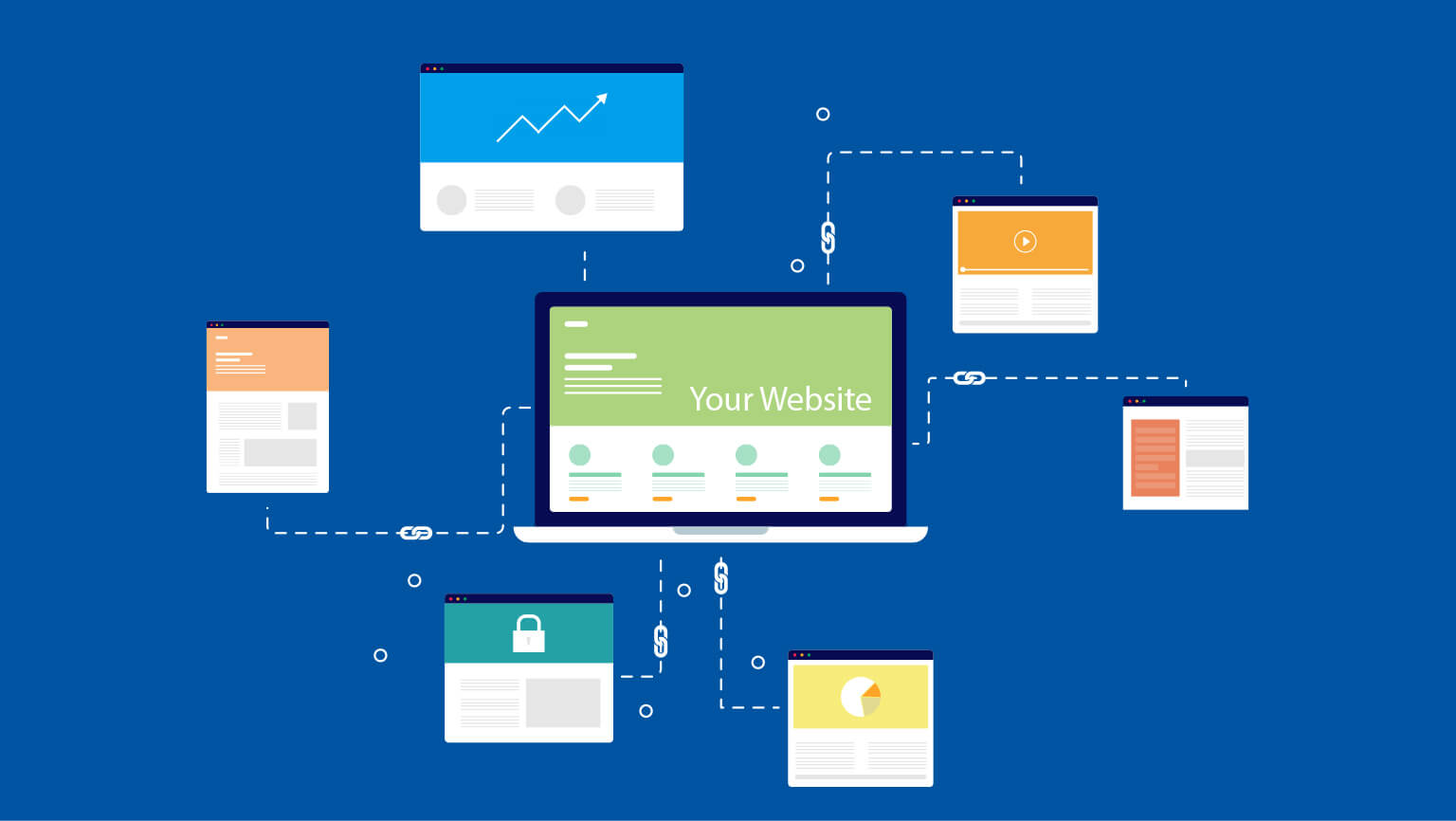Back in the old days, you could practically grab any link to your website anywhere on the web, and it would count as a “good” backlink. Nowadays, Google has very high standards and the process of establishing organic backlinks is a tough business. Google wants to see very specific, “good backlinks,” not just any random link.
What’s a good backlink?
Well, in Google’s opinion, a good backlink is relevant to your site, comes from a high-quality, trustworthy website, and is up-to-date. As you can imagine, gaining links that checks all of those boxes can be somewhat challenging.
In its simplest terms, a backlink is an incoming hyperlink from one website to yours. Given the credibility and relevance of this website, it will pass value to yours via the link. This is called “link equity.” The more link equity your site has, the more credible it appears in the eyes of Google.
You want people to link to your website on their own pages and within various kinds of content, but at the end of the day, you need organic backlinks that Google will recognize and appreciate.
Using the following five tips, you can work toward generating backlinks that will grow your online presence and help you rank higher on the search engine results pages.
1. Create Easily Sharable Infographics and Videos
When many people think about building backlinks via content, they immediately jump to blogging, the most widespread form of content. However, that’s not the only option out there, nor is it necessarily the best way to quickly generate organic backlinks to your website.
Creating easily sharable visual content, such as infographics and videos, is a key part of establishing backlinks quickly. In fact, 49 percent of marketers say branded images and videos are the most important form of content for their business.
Videos and infographics are easy to digest, which makes them easy to understand and share within minutes. Content creators on other websites are likely to include visual graphics in their own blog posts and articles, especially if it’s accurate and well-researched.
For some inspiration on creating your first infographic that does its job well, check out the visual below.

Recently, Revive Social stated that “the future isn’t just digital, it’s visual.”
This concept is highly supported when you look at what gets shared on social media. Tweets with static images get shared 150 percent more than text-only Tweets. Facebook posts with photos get triple the engagement than those without.
Keep in mind that links shared directly on social media are “no-follow.” This means they do not pass on any link equity. However, the content you promote via social can still help you out in that you are increasing its exposure. More exposure = more potential to get links!
You always want to be setting yourself up to get organic backlinks. Videos and infographics are among the most engaging forms of content these days. If you can create them in a way that captures attention and interest, you’re well on your way!
2. Establish Connections With Related Websites
One of the most tried-and-true ways to establish good backlinks is to write guest posts on other sites. Google wants to see that your links stem from trustworthy websites that share topical relevance.
A guest post provides just that, and it also improves your visibility with other audiences. It indicates that you’re networking with trustworthy sources, and that makes Google more inclined to view your site as reputable.

Keep in mind that opportunities to connect with other websites won’t just fall in your lap. As you can see in the graphic above, most guest posters do their own prospecting and outreach. They come up with their own ideas, write the posts, and submit them.
Finding sites that are a good match for your website in terms of backlinking isn’t as difficult as you might think. The first thing to do is focus on the big names in your particular niche. Look at popular sites and see if they offer any chances for guest posts or interviews.
Secondly, begin to network with real people, not just websites. Who runs the best blog in your industry? Who is considered an “expert” in your field, and can you connect with them on LinkedIn.
The more you can do to research and understand the other sites and content creators in your field, the more opportunities you’ll find to guest post and form strong relationships.
It’s hard work, but if you want great organic backlinks, it’s worth the time and energy. If you’ve never reached out to another site owner before, here are some tips for approaching other sites:
- Actually learn about their blog or website so you can show them you’ve done your research.
- Come up with relevant topic ideas and post suggestions from the get-go, even if it’s your first time speaking to them.
- Describe what you want to write about and how it can benefit the site.
- Thank them for their time and give them plenty of ways to contact you, including a link to your website so they can check out your previous work.
- Make it clear that you know what types of topics they write about, as well as how you can add value to their readers.
3. Collaborate on Big Projects
Ever seen a business host a giveaway with other partners? Or come up with a series of posts that are shared across several different sites? These businesses are collaborating, and as a result, they’re fostering backlinks and relationships that Google can appreciate.
Look for opportunities to get involved in projects that extend beyond your own website. Some great ways to do this include:
- Participating in educational courses or classes
- Joining a group that’s doing community work or supporting a great cause
- Hosting tours or giveaways to promote new businesses or products
- Helping with big announcements that are featured on multiple sites
For instance, when promoting a new book, an author will often participate in a “blog tour” in which their book is featured on multiple websites for a set amount of time.

The key is to look beyond your own news and activities to join in larger trends. By collaborating with others, you can kill two birds with one stone: establish a better presence with a large community and also build backlinks left and right.
4. Sponsorships
Many times, when you donate to a non-profit or sponsor an event within your niche, you can actually get a link back to your website. However, this is a difficult line to tread… In 2016, Google began telling people that giving to charity in direct exchange for a link is the same as purchasing a link, and that’s a big no-no.
That’s why looking for sponsorships might be a better method. Is there a great cause you can partner with and become a sponsor for? Or can you work with an organization to promote awareness without donating?

The Bucket List Family Instagram
For example, the travel vlogging family “The Bucket List Family” partnered with Effect Org to help build a school in India via the sale of some of their own products. They didn’t directly pay for any links, but Effect Org certainly linked back to them as a sponsor.
5. Watch Where Your Competitors Are Linking
Obviously, copying your competitor without any understanding of their strategy isn’t a great idea. However, your competitors can steer you in the right direction when it comes to finding great backlinks.
Don’t just look at where your competitors are backlinking. Consider:
- How their brand’s image is reflected in the backlinks
- What kind of content they’re sharing and creating to encourage backlinks
- Their interactions with other websites and customers
- What you think they should be doing differently
You can learn a great deal from the link building strategies your competitors are employing. Take note of their most successful and least successful marketing campaigns and content pieces. Then, try to implement the shared strategies that will work best for your brand.
Tools like Neil Patel’s Backlink Checker and Small SEO Tools Backlink Checker make this task super easy. Oh yeah, and they’re FREE!
In Conclusion
Buying backlinks or randomly sticking your website’s link onto other pages won’t do the trick in today’s online environment. Instead, you need to focus on cultivating real relationships with other websites to foster links that are organic and useful.
Not only will this kind of mindset actually help you form a stronger, wider network of online connections, it will also help Google trust your website and rank it higher in search results.
Jack Shepler is a Marketing and Search Engine Optimization expert. He founded Ayokay, award-winning marketing, and web design firm in Indianapolis, Indiana that has built brands, increased sales for businesses, and helped nonprofit organizations fulfill their missions since 2011. He uses his decades of experience to educate through the Ayokay blog and through public speaking. You can follow him on LinkedIn.







